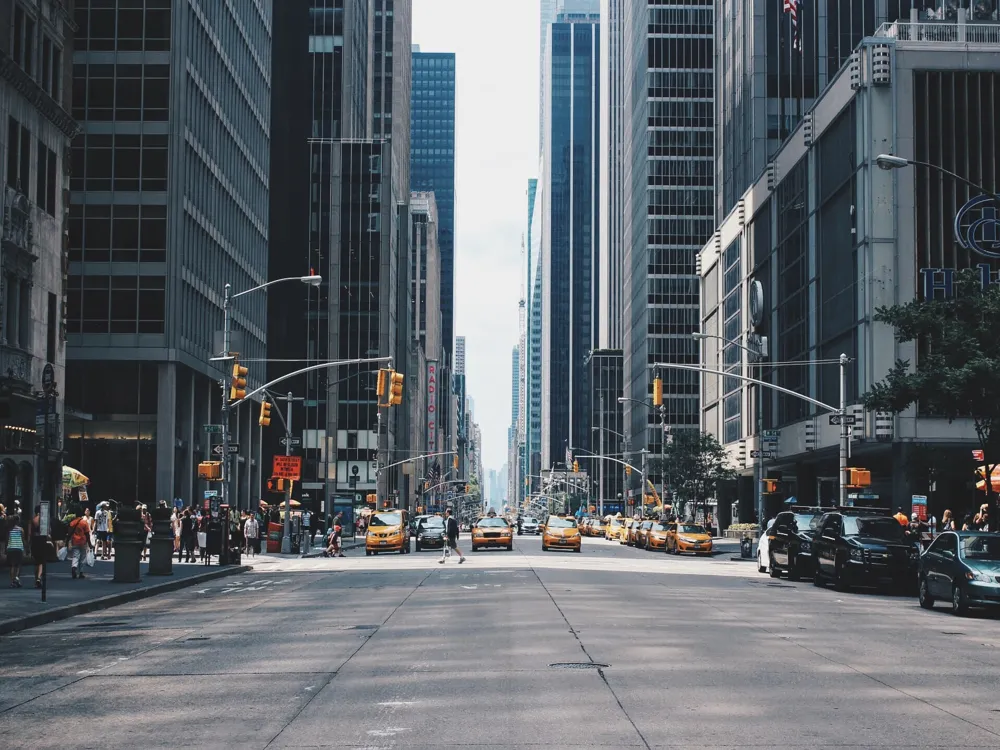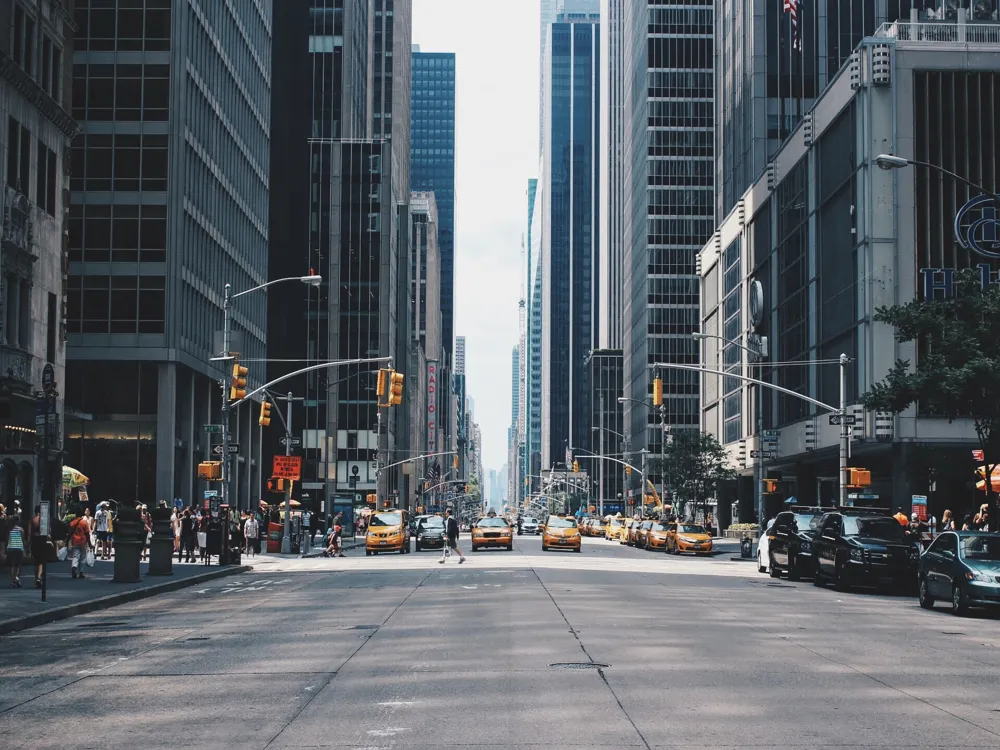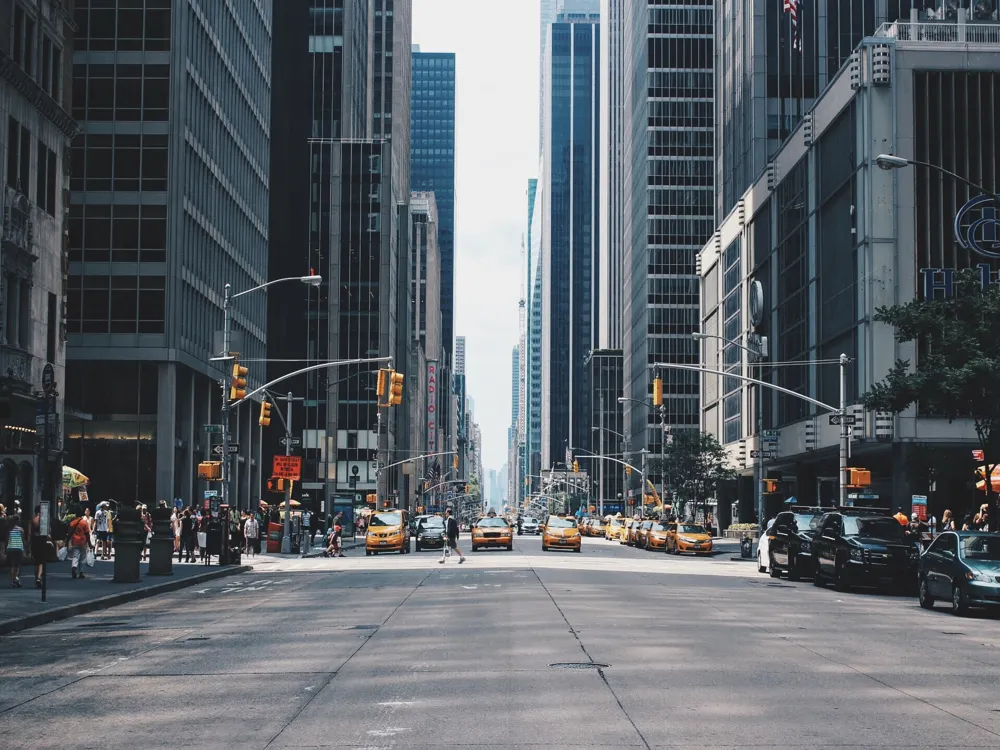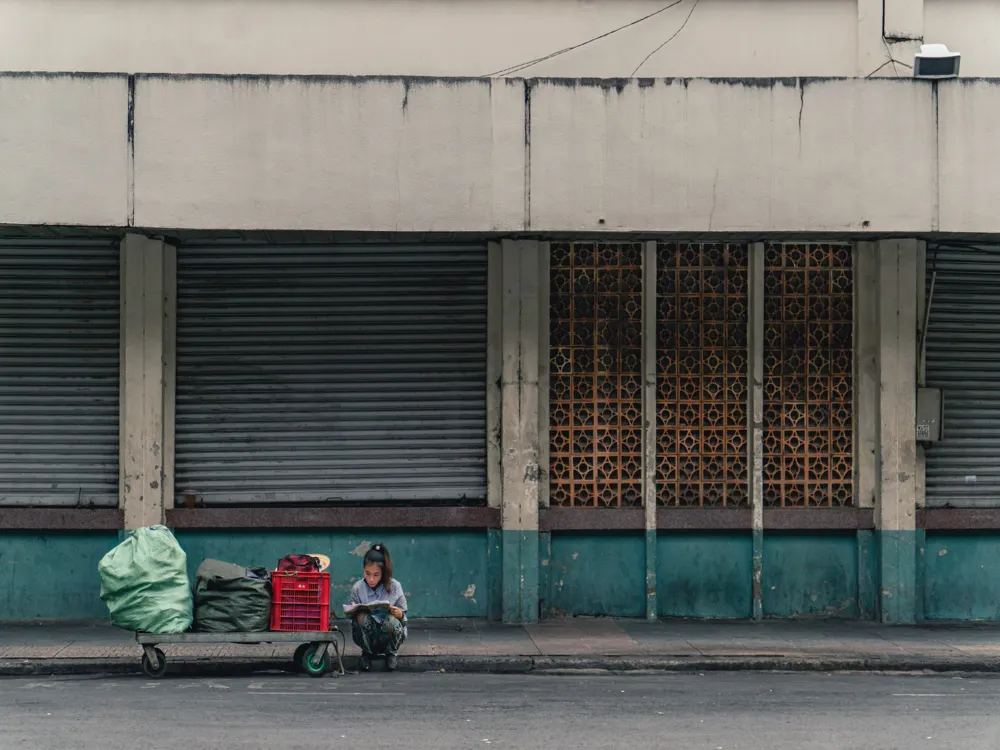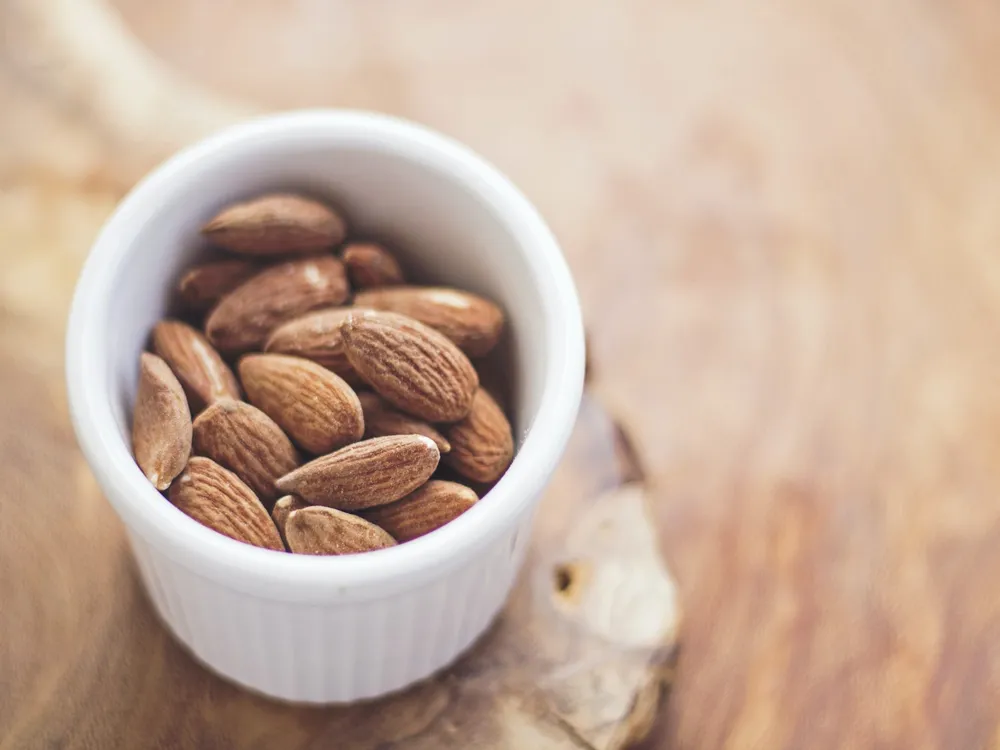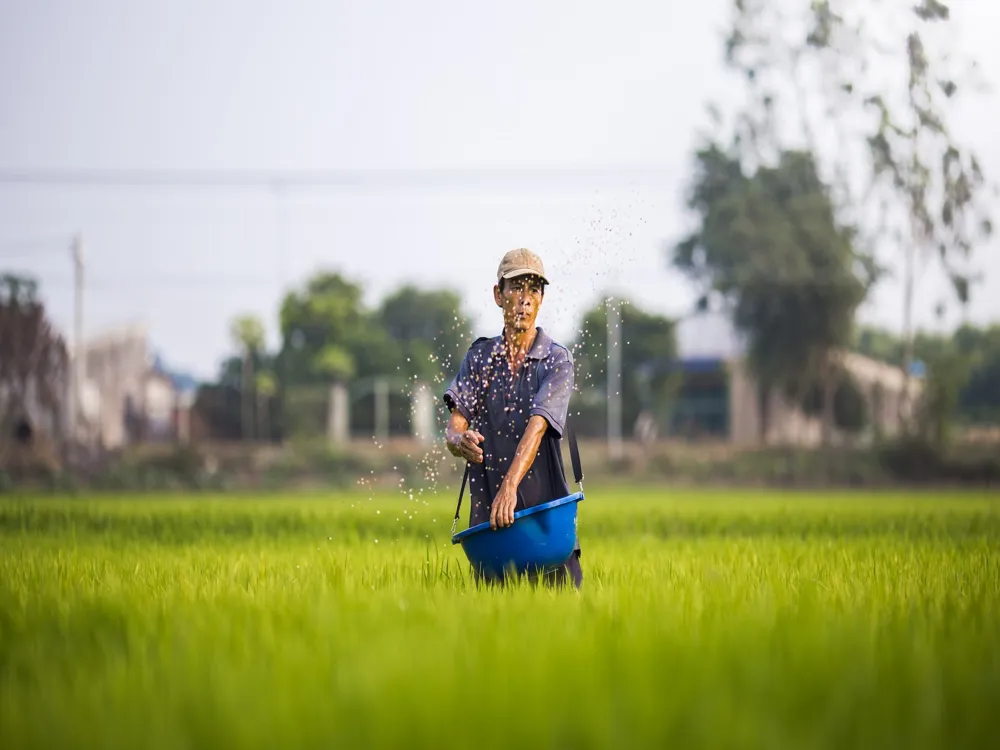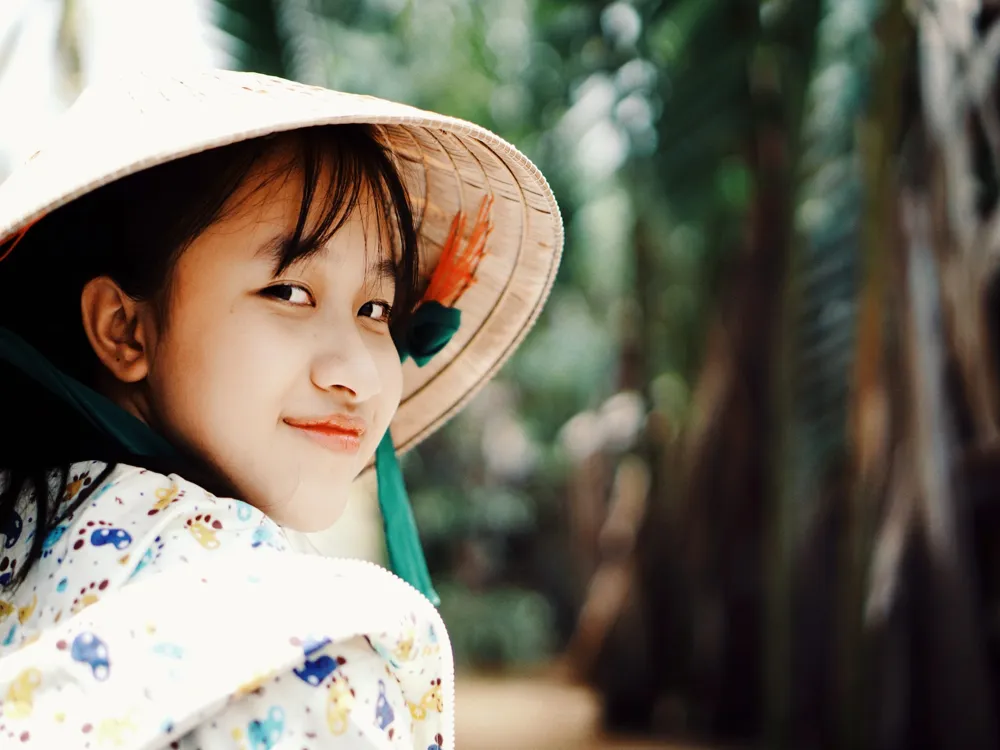Long Hai, a coastal town near Ho Chi Minh City, offers a serene getaway from the bustling life of Vietnam's largest city. Renowned for its pristine beaches, historical significance, and cultural richness, Long Hai provides a unique blend of natural beauty and a glimpse into Vietnam's diverse heritage. This charming destination, nestled along the southeastern coast, is an ideal spot for travelers seeking tranquility and a deeper understanding of Vietnamese culture and history. The town's history is intertwined with the broader narrative of Vietnam. Once a fishing village, Long Hai has evolved over the years into a sought-after destination for both local and international tourists. Its proximity to Ho Chi Minh City makes it a popular weekend retreat, offering a peaceful contrast to the city's dynamic pace. The region's historical significance is further highlighted by its proximity to important sites from the Vietnam War, adding a layer of historical depth to visits. Nature in Long Hai is as diverse as it is splendid. The coastline is adorned with golden sandy beaches and crystal-clear waters, making it perfect for swimming, sunbathing, and water sports. Inland, the terrain shifts to lush green hills and dense forests, offering opportunities for trekking and exploring the rich biodiversity of the region. The climate is typically tropical, with a distinct dry and wet season, each bringing its own unique charm to Long Hai. The local community in Long Hai is known for its warm hospitality. Visitors are often captivated by the genuine friendliness of the locals, which adds to the town's allure. The cultural fabric of Long Hai is a tapestry of traditional Vietnamese customs and influences from various historical periods, including the French colonial era. This cultural richness is evident in the town's festivals, culinary offerings, and daily life. The architecture of Long Hai is a fascinating mix of traditional Vietnamese styles and influences from various historical periods. At the heart of this architectural tapestry is the harmonious blend of nature and design, a characteristic feature of Vietnamese architecture. Buildings in Long Hai often feature open spaces, natural ventilation, and are constructed using local materials, reflecting a deep respect for the environment. Traditional Vietnamese architecture in Long Hai is showcased in the design of its temples, pagodas, and residential buildings. These structures often feature intricate woodwork, reflecting the skill and artistry of local craftsmen. Roofs are typically curved and covered with tiles, a design element that not only adds aesthetic value but also serves practical purposes like protection from the tropical climate. French colonial influences are also evident in Long Hai's architecture. This period introduced new materials and construction techniques, resulting in a unique blend of Vietnamese and French architectural styles. Colonial buildings often feature balconies, large windows, and detailed facades, adding a distinct charm to the town's landscape. In recent years, Long Hai has seen a surge in modern architectural developments, particularly in the hospitality sector. Resorts and hotels in Long Hai often incorporate contemporary design elements while still respecting the traditional architectural ethos. This modern architecture coexists with the traditional, creating a dynamic and visually appealing landscape. An exploration of Long Hai's architecture is a journey through the town's history and cultural evolution. From ancient temples to modern resorts, the buildings in Long Hai tell the story of a town that has embraced change while staying true to its roots. The ideal time to visit Long Hai is during the dry season, from November to April. During these months, the weather is sunny and pleasant, perfect for beach activities and exploring the outdoors. The wet season, from May to October, sees heavier rains and might hinder some outdoor activities. Long Hai's culinary scene is a must-try, with fresh seafood being a highlight. Local specialties include dishes like Banh Canh (a type of Vietnamese noodle soup) and fresh seafood delicacies. Visitors should also try the local fruits, particularly the dragon fruit, which is grown abundantly in the region. Respect for local customs and traditions is important. Visitors should dress modestly, especially when visiting temples or religious sites. It's also polite to remove shoes before entering someone's home and to greet locals with a friendly smile. Long Hai offers a range of accommodation options, from luxury resorts to budget-friendly guesthouses. Booking in advance is recommended, especially during peak tourist seasons and Vietnamese holidays. While the beaches are a major draw, Long Hai also offers historical sites, hiking trails, and local markets. Exploring these less-traveled paths can provide a more authentic and enriching experience of the town's culture and natural beauty. Long Hai is easily accessible from Ho Chi Minh City. The most common way to reach Long Hai is by road, with a journey time of about 2 to 3 hours. Visitors can opt for buses, taxis, or rent a car to make the trip. For those seeking a more adventurous route, motorbiking to Long Hai offers a scenic and exhilarating experience. However, it's important for travelers to be aware of the local traffic rules and conditions. Another option is to take a train from Ho Chi Minh City to the nearby town of Vung Tau and then a short taxi or bus ride to Long Hai. This route offers a chance to enjoy the picturesque countryside of southern Vietnam. Whichever mode of transportation is chosen, the journey to Long Hai is part of the adventure, offering glimpses of the beautiful Vietnamese landscape and an introduction to the region's vibrant culture. Read MoreOverview of Long Hai in Ho Chi Minh City
Architecture of Long Hai
Tips for Visiting Long Hai
Best Time to Visit
Local Cuisine
Cultural Etiquette
Accommodation Choices
Exploring Beyond Beaches
How To Reach Long Hai
Long Hai
Ho Chi Minh City
₹ 17,501 onwards
View ho-chi-minh-city Packages
Weather :
Tags : Beach
Time Required : 1-2 Days
Planning a Trip? Ask Your Question
Ho-chi-minh-city Travel Packages
View All Packages For Ho-chi-minh-city
Top Hotel Collections for Ho-chi-minh-city

Private Pool

Luxury Hotels

5-Star Hotels

Pet Friendly
Top Hotels Near Ho-chi-minh-city
Other Top Ranking Places In Ho-chi-minh-city
View All Places To Visit In ho-chi-minh-city
View ho-chi-minh-city Packages
Weather :
Tags : Beach
Time Required : 1-2 Days
Planning a Trip? Ask Your Question
Ho-chi-minh-city Travel Packages
View All Packages For Ho-chi-minh-city
Top Hotel Collections for Ho-chi-minh-city

Private Pool

Luxury Hotels

5-Star Hotels

Pet Friendly







